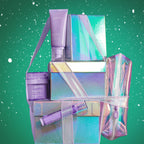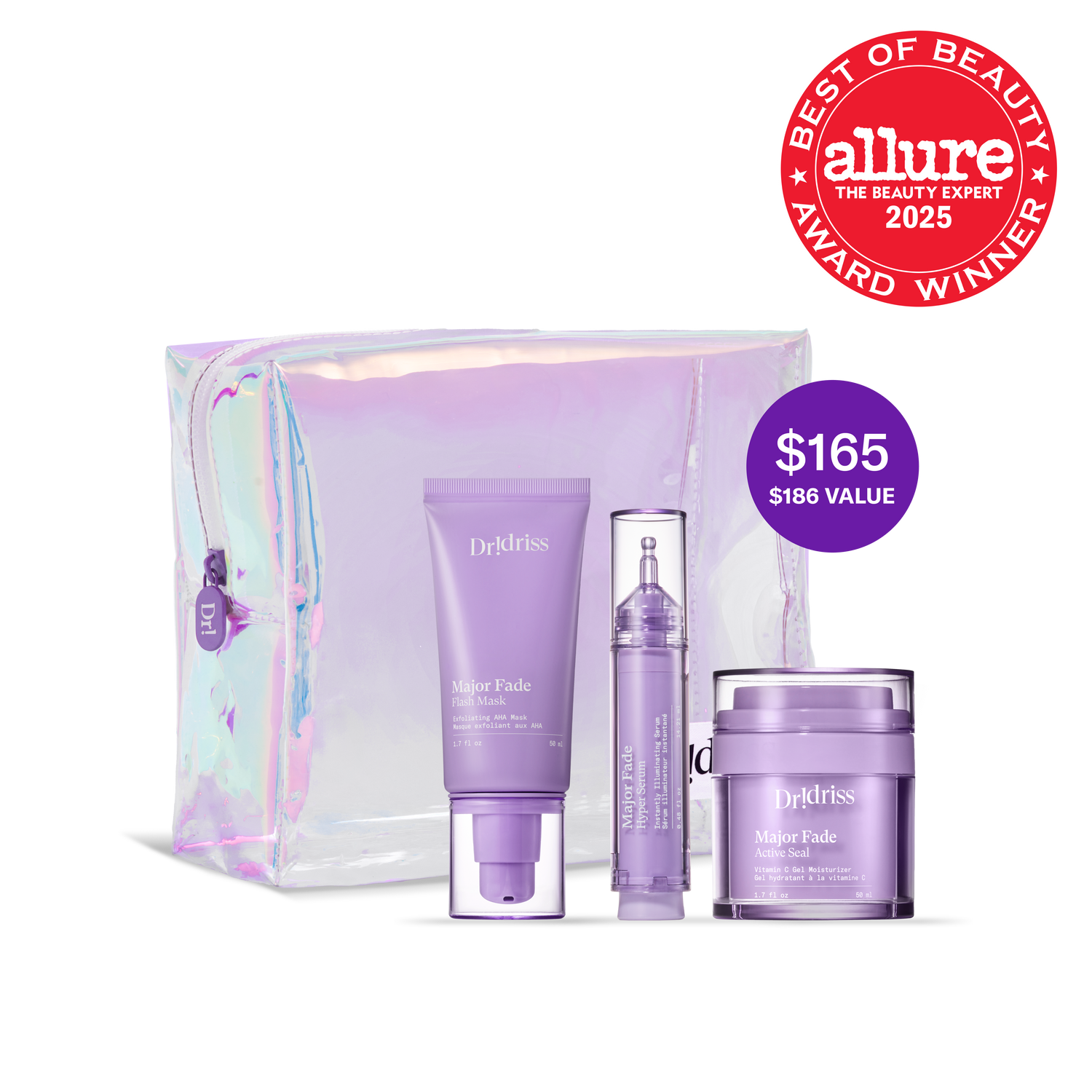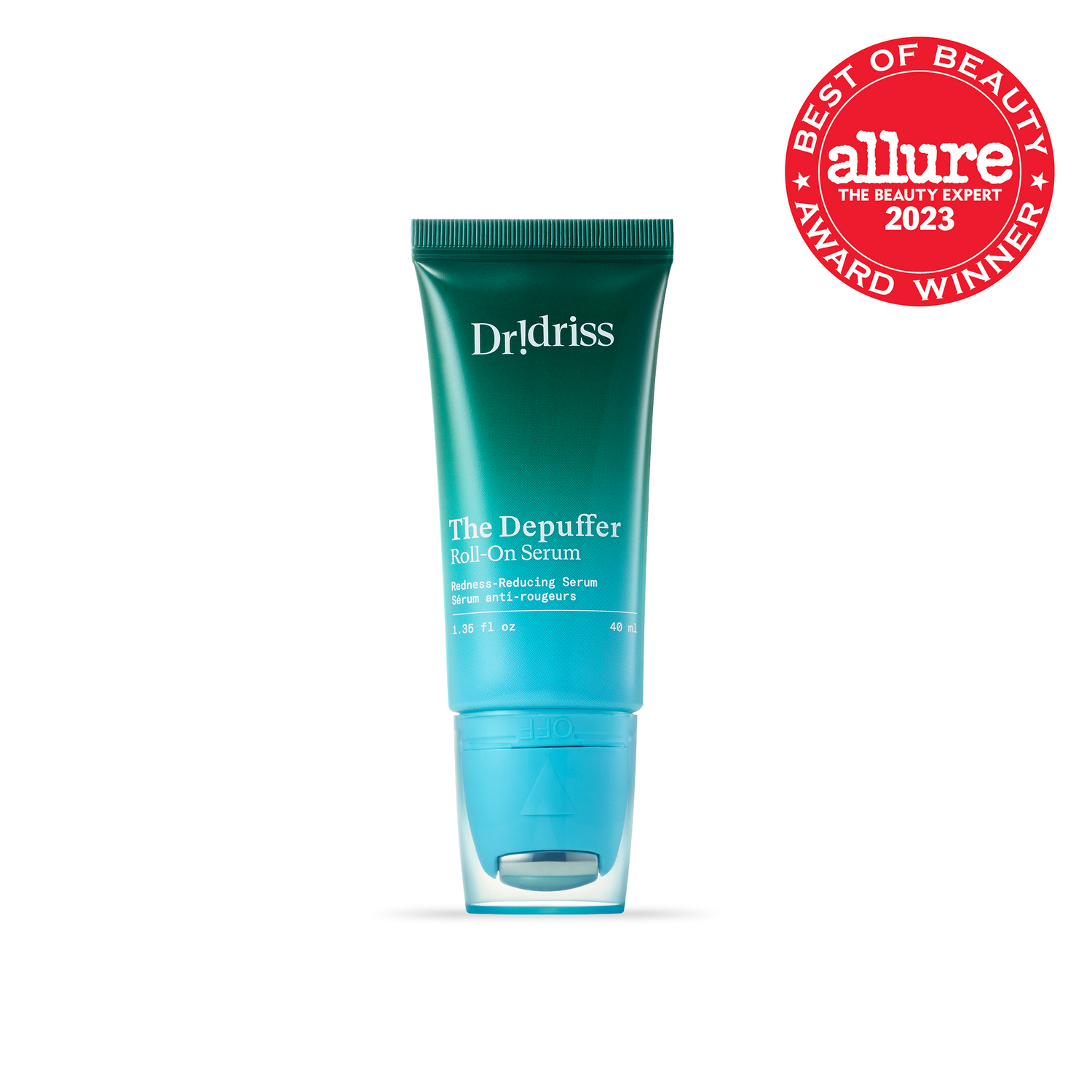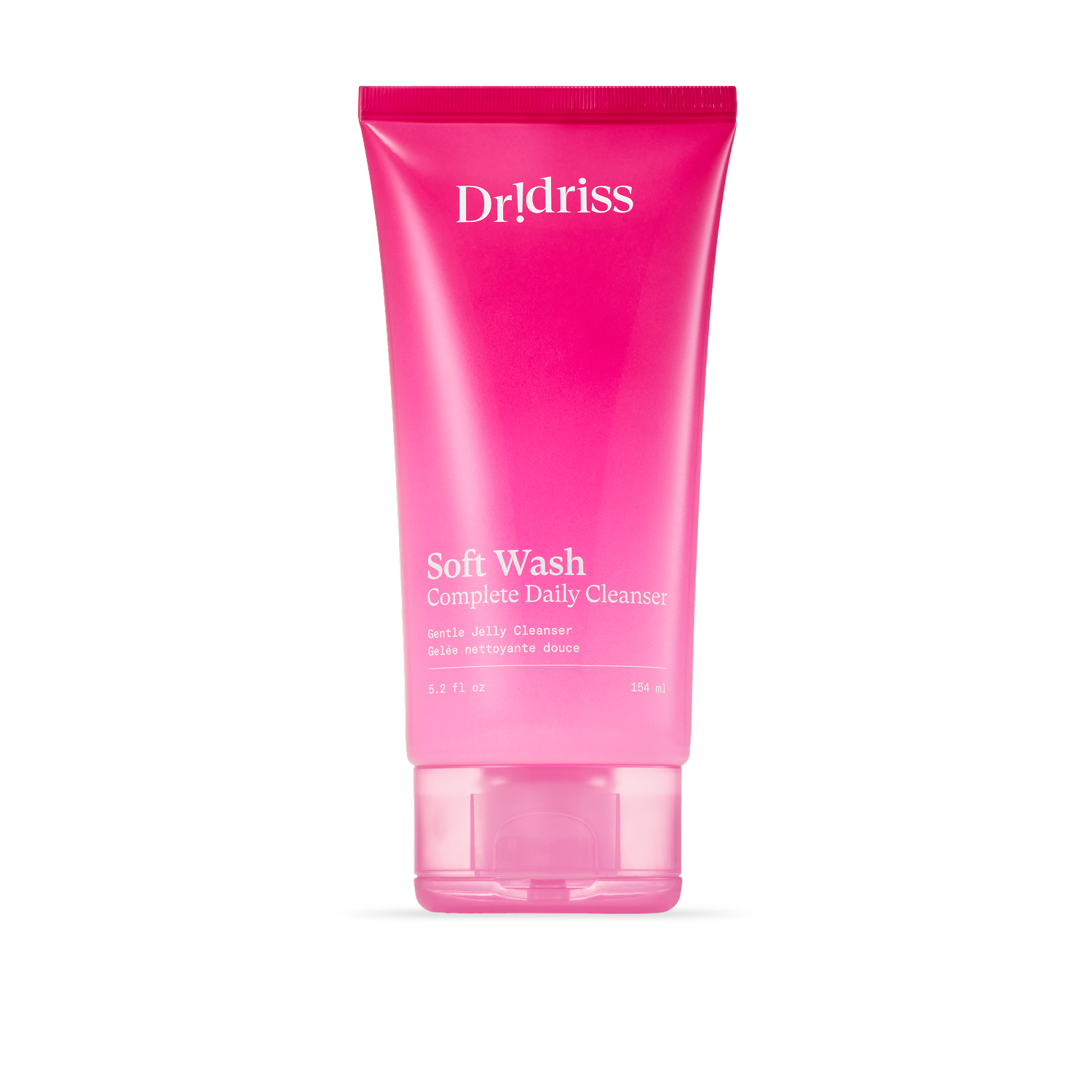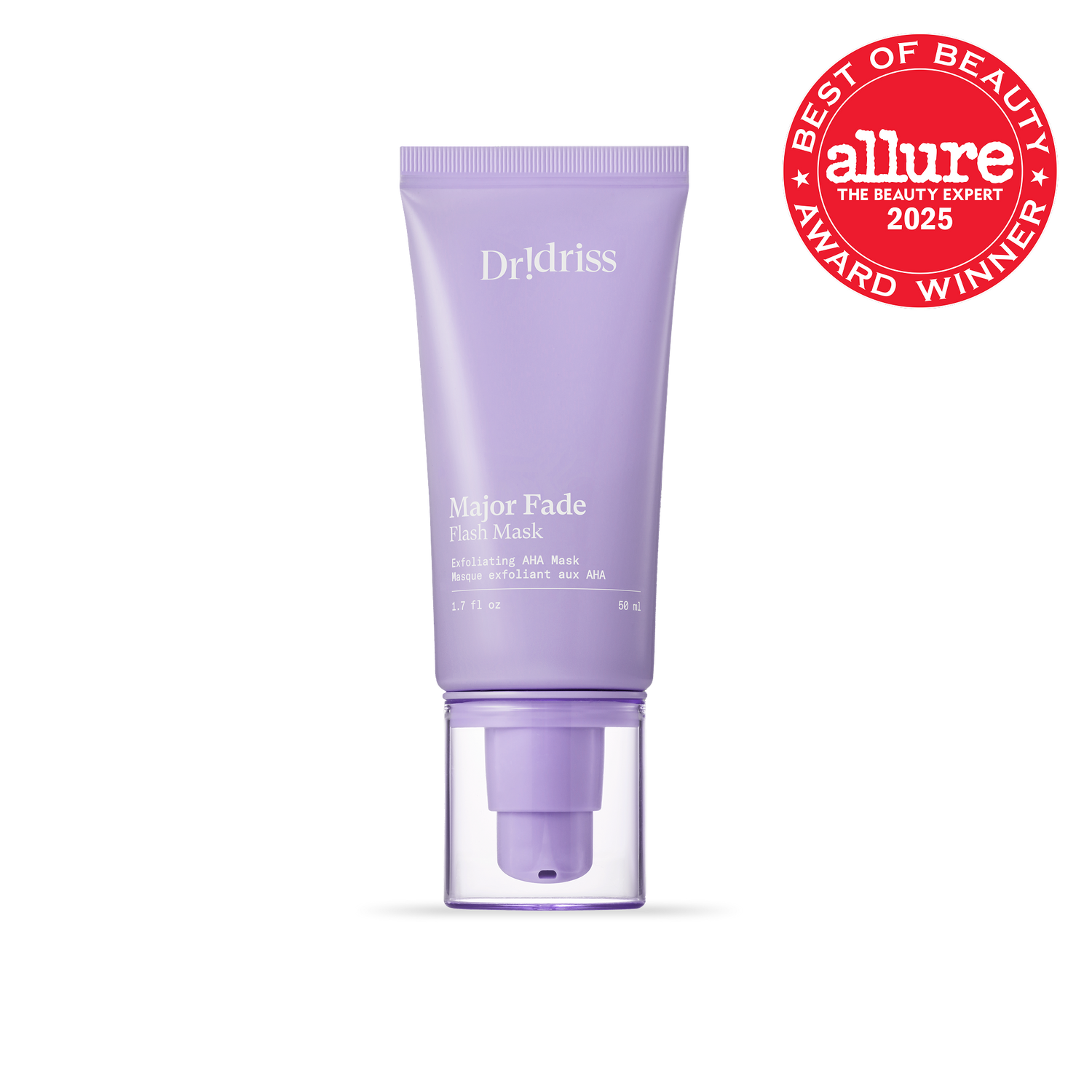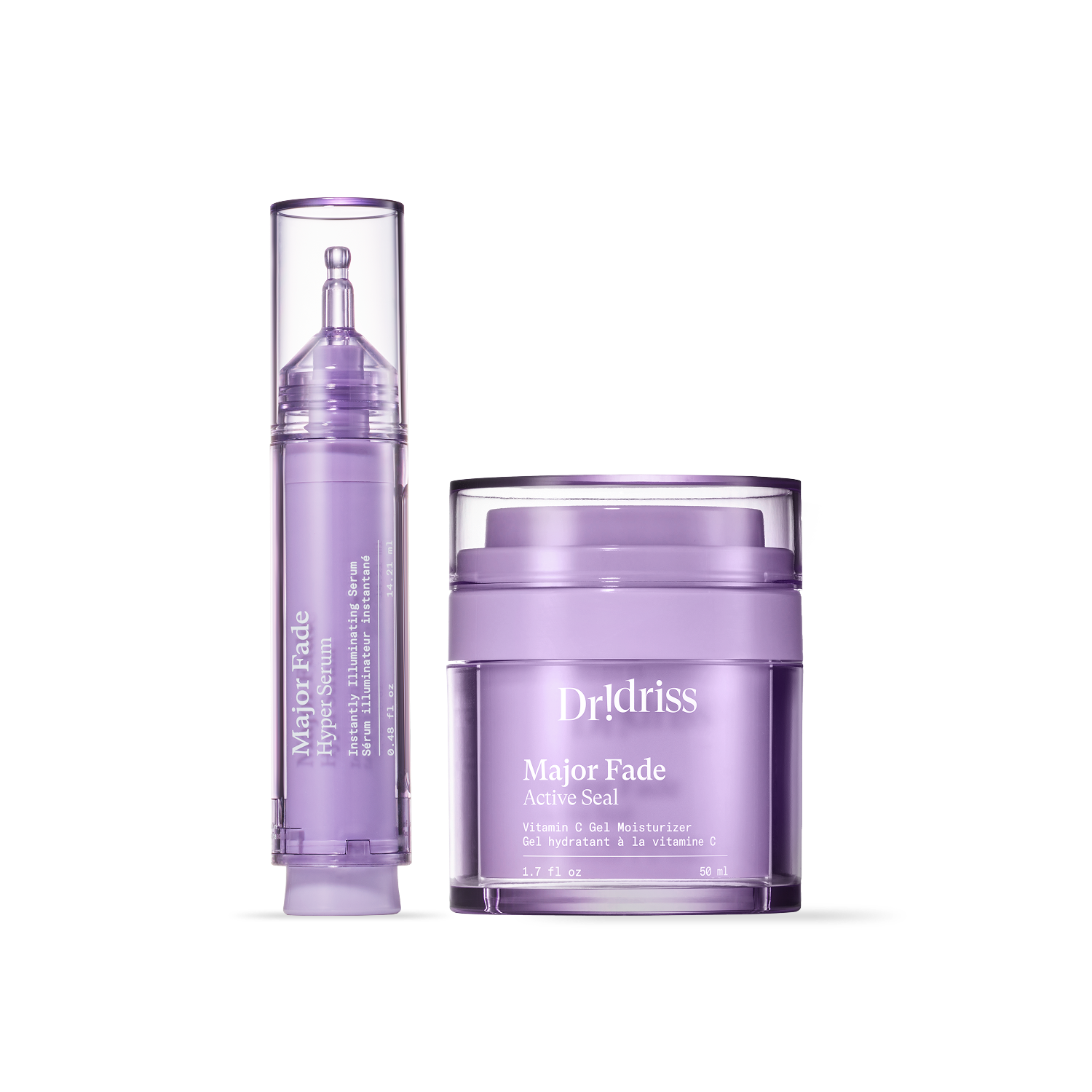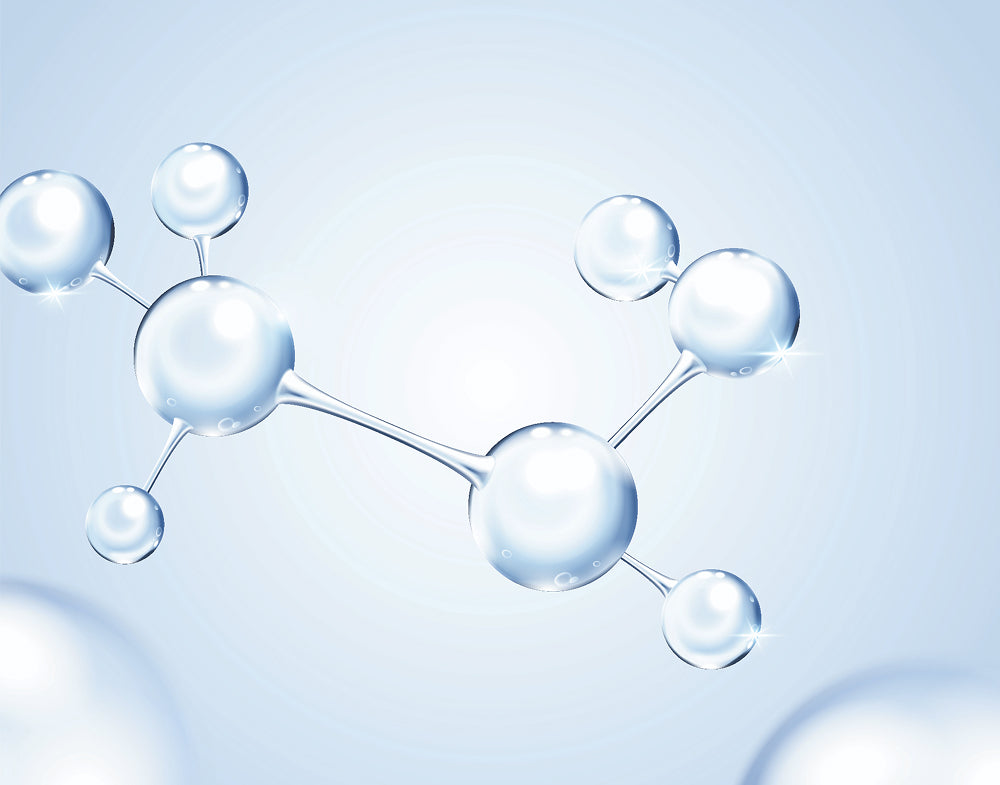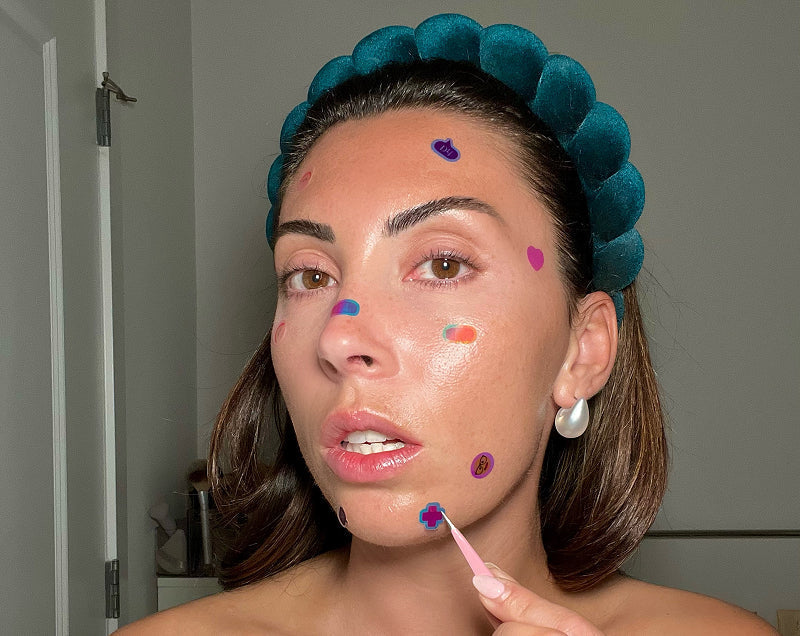
This particular article is dedicated to my fellow rosacea sufferers. First and foremost, you’re not alone and secondly, I’m cognizant of the deeper psychological effects that it can have on people. This is why I wanted to compile a list of practices to best help you navigate it.
What is rosacea?
Rosacea is a chronic skin condition that typically occurs on the face, and it’s often described as a form of adult acne. Its prevalent and most prominent symptoms include redness, in the form of blushing or flushing, caused by telangiectasias — dilated and broken blood vessels — that are often accompanied by breakouts of small acne-like bumps and pustules on the cheek and nose areas. It's a condition that typically comes and goes and appears in bouts of flare-ups that can be triggered by stress, food, diet, exercise, alcohol, climate, and other environmental and emotional factors. The cause of it remains unknown so triggers can differ for each person.
Who gets rosacea?
It’s more common amongst women than men, particularly women between the ages of 30 and 50 who have fairer complexions (type 1 to type 3 on the Fitzpatrick scale). But this does not mean it doesn't occur in darker skin tones. I have seen it on type 4 and type 5 complexions as well however, it’s not as visible with the naked eye as it’s often masked by melanin in the skin.
The causes of rosacea
- Genetics. If you have a family history of rosacea, you’ll likely have it too.
- Heat — as this can cause your blood vessels to dilate, resulting in the redness appearing more prominent.
- UV exposure can also contribute to vasodilation (the widening of blood vessels) and consequently heighten your inflammation.
- A compromised skin barrier, as a result of over-exfoliation and over-stripping the skin.
- Microbial changes on the skin caused by Demodex mites, for example, can also worsen the appearance of your redness.
The triggers of rosacea
Every dermatologist including your own will, without a doubt, tell you to steer clear of the following to help discern your trigger/s:
- Chocolate (diet)
- Spicy food (diet)
- Heat (environmental)
- Alcohol (diet).
Personally, as a rosacea sufferer myself, I’m not going to lie to you and say that I’ve avoided all of the above completely, but I try my best to minimize how much I consume when possible.
Over-the-counter redness-reducing products worth looking into…
Dr. Idriss The Depuffer, $38: This deflushing, depuffing powerhouse serum has been clinically proven to relieve transient skin flushing and reactive redness.
Avéne Thermal Spring Water Spray, $14: This is a calming, anti-irritation spray infused with thermal spring water to help cool skin, reduce redness and soothe other forms of ‘skin discomfort.’
Selfless by Hyram Centella & Green Tea Hydrating Gel Cleanser, $20: This is a great gentle cleanser that’s infused with Centella Asiatic and a green tea complex to soothe skin and deliver some anti-inflammatory properties.
Dr. Jart+ Cicapair Tiger Grass Color Correcting Treatment SPF 30, $52: What I love about this daily cream is its green tint, which helps mask and neutralize skin redness. It also includes Centella Asiatica to calm and heal inflamed and irritated skin.
Paula’s Choice 10% Azelaic Acid Booster, $38: Azelaic acid is my number one ingredient for tackling rosacea. 15-20% prescription is my recommended sweet spot, but if you don’t have access to prescriptions, Paula’s Choice is a worthy OTC buy that’s also enriched with licorice root to further soothe redness.
FYI: If you’re new to the azelaic acid game, keep in mind that your formulation will likely pill. This is because azelaic acid is a powder, so pilling is sadly inevitable. This is why I often recommend using your azelaic acid at night instead to avoid sabotaging your daytime foundation or makeup look.
Bioderma Cicabio Arnica+: Arnica is another ingredient that offers soothing properties and a degree of redness relief. It was traditionally used to treat bruises but has been shown to work wonders for inflammation.
Nizoral Anti-Dandruff Shampoo, $14: Rosacea can also catalyze seborrheic dermatitis, dandruff-like flakes, and greasiness on the face, especially around the nose and eyebrows. Nizoral contains 1% ketoconazole to help kill the yeast that’s causing the scaling and flakiness.
I really really hope this post has helped you in some way.
